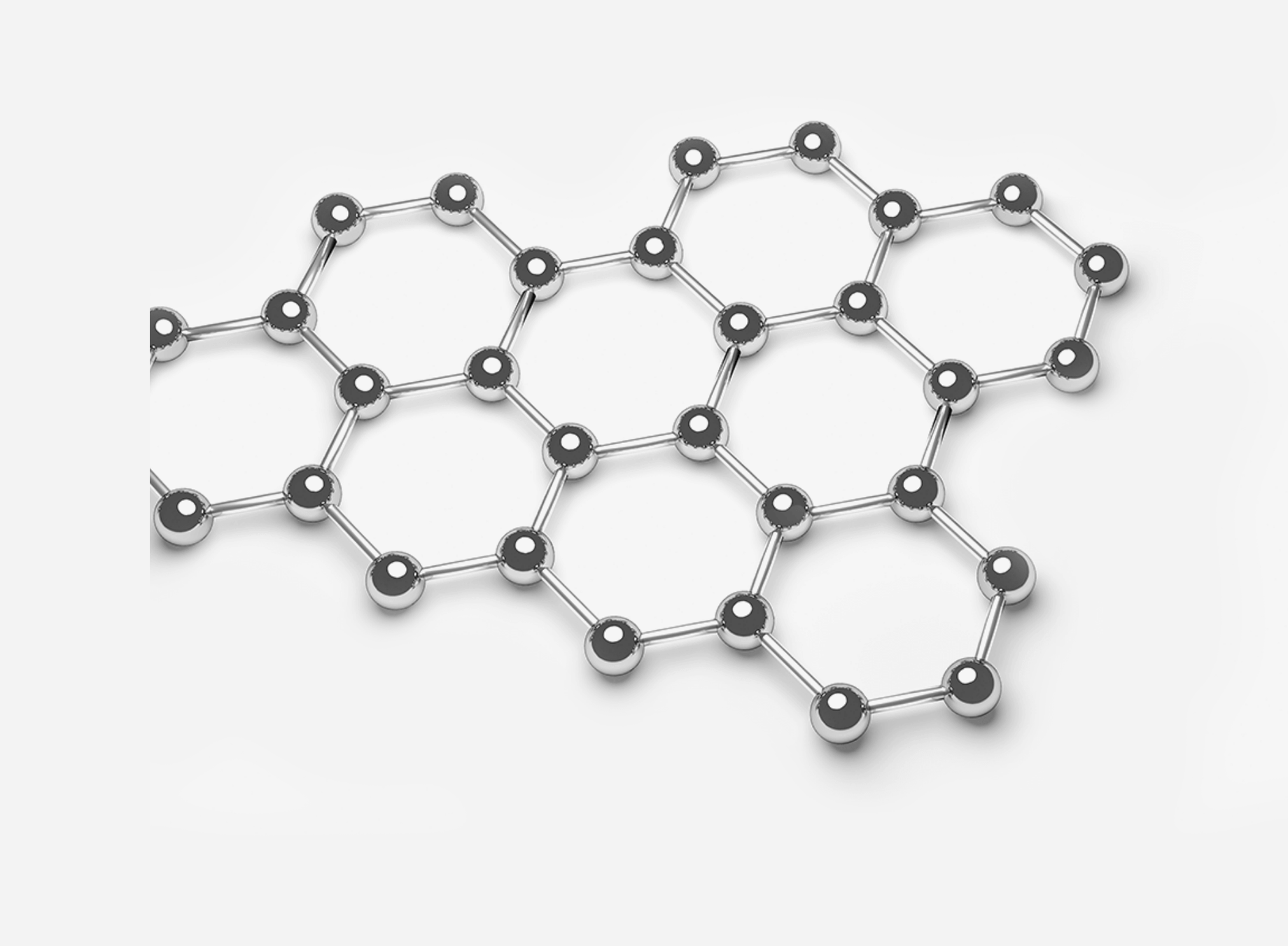Our tech
Transceivers of the future
Connecting thousands of processors and memories in high performance computing systems to run massive AI workloads can be done by pooling logics and memories through efficient interconnects. Over time, links for electrical signalling, limited by the loss in copper traces, are getting shorter as the bandwidth grows. Complex modulation formats, that are in use to compensate for bandwidth over copper links, requires extra electronics such as FECs, ADCs, DSPs, increasing cost and energy consumption.
Graphene Integrated photonics (GIP) provides superior performances to enable electro-optical cores for the transceivers of the future. Thanks to its unique physical properties, graphene photonics reduce electronics and then complexity in the optical interconnections. The bandwidth-distance trade off is softened and processors / memories can be disaggregated and assembled in pools.

Graphene photonics
Breakthrough performance thanks to graphene
Graphene is compatible with many photonic materials, such as Silicon and Silicon Nitride, and can be synthetised and integrated through scalable wafer-level processes.
Our platform provides breakthrough performance: high bandwidth density, low-cost, low power consumption, high traffic capacity, temperature resilience.
Is your organisation interested to revolutionise optical communications and data traffic through graphene technologies?